Tax Tips
 File early, but not too early
File early, but not too early
If you’re expecting a tax refund from the IRS, there are some good reasons to file your 2017 income tax return as early as possible. For one thing, the earlier you file, the sooner you’ll get your refund. Plus, filing early helps thwart would-be identity thieves from snatching your refund before you do.
But don’t file your return too early, especially if there’s a risk it won’t be accurate and complete. True, you can correct it later, but doing so may increase the chances of an audit, and if you end up owing more taxes than you originally reported and paid, you could be hit with interest and penalties.
Avoid filing until you’ve received all expected 1099 and K-1 forms. Form 1099, which reports various types of nonwage income, is due January 31, 2018, but it’s not unusual for issuers to miss the deadline or for the deadline to be extended. And K-1 forms — which report your share of income from partnerships, S corporations and LLCs — may not be sent until their March 15, 2018, due date, or later if the due date of the return is extended.
File even if you can’t pay
It’s critical to file your tax return on time even if you’re unable to pay some or all of the taxes due. Be sure to pay as much as you can with your return to minimize interest and penalties on late payments. It’s also a good idea to consider filing Form 9465 — “Installment Agreement Request” — with your return to initiate the process of arranging a payment plan.
It’s not too late for 2017 IRA contributions
If you’re eligible to contribute to an IRA, remember that you can deduct contributions to a traditional IRA on your 2017 tax return provided you make them by April 17, 2018. Contributions sent by mail should be postmarked by that date. Be aware that the deadline applies regardless of whether you obtain an extension of time to file your return. However, if you have a SEP-IRA and obtain an extension, you can make contributions up until the extended due date and deduct them on your 2017 return.
For 2017, the contribution limit for a traditional IRA is $5,500 — $6,500 if you’re 50 or older as of the last day of the year. If you’re self-employed with a SEP-IRA, you can contribute as much as $54,000, depending on your income.
A couple of limitations to keep in mind: To contribute to an IRA you must have sufficient eligible compensation — such as wages, tips, commissions or net earnings from a trade or business — to cover the amount of your contribution (although the funds for the contribution can come from anywhere). Also, you’re ineligible to contribute to a traditional IRA in the year you turn 70½ or any year thereafter.
© 2018
This material is generic in nature. Before relying on the material in any important matter, users should note date of publication and carefully evaluate its accuracy, currency, completeness, and relevance for their purposes, and should obtain any appropriate professional advice relevant to their particular circumstances.
Share Post:









